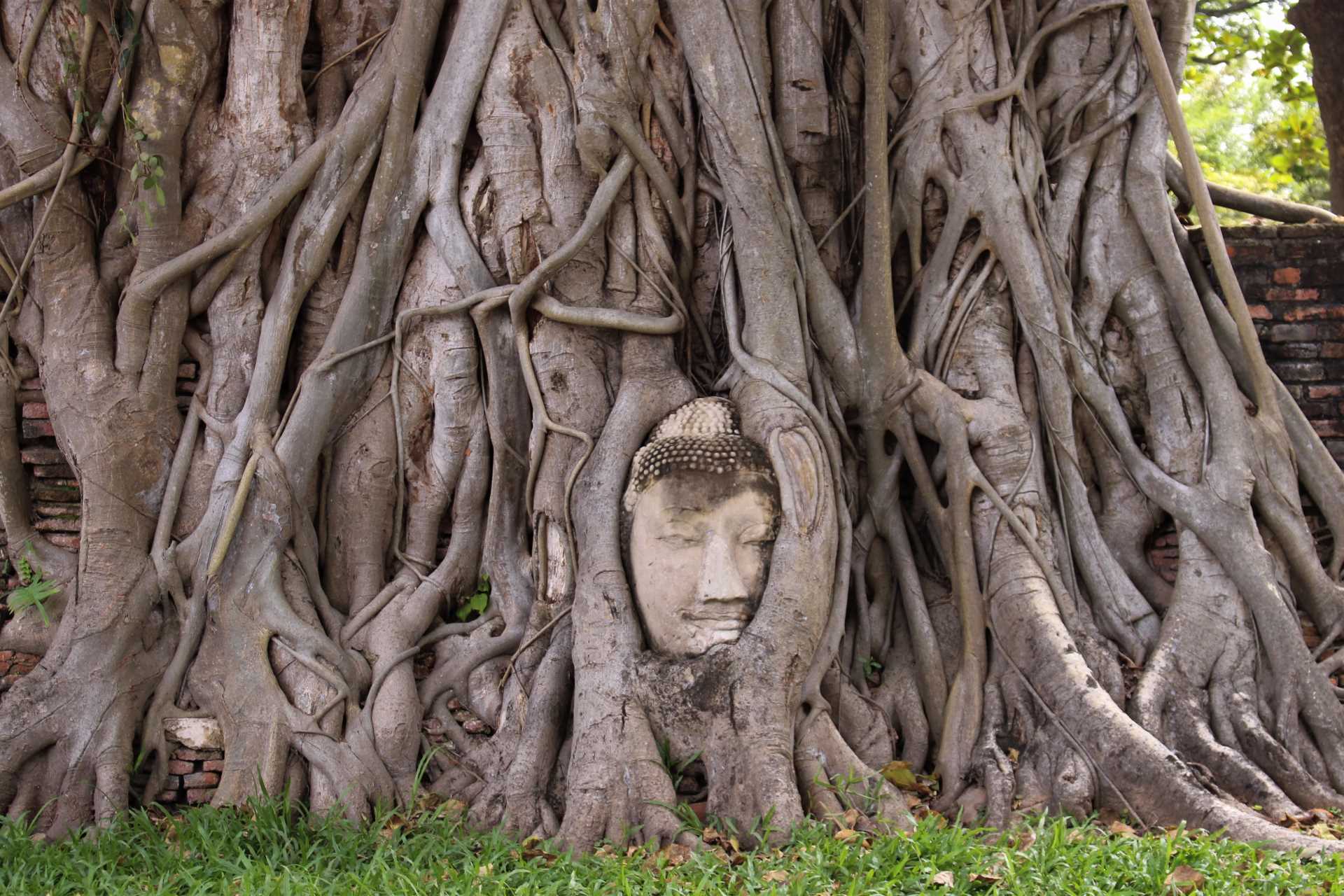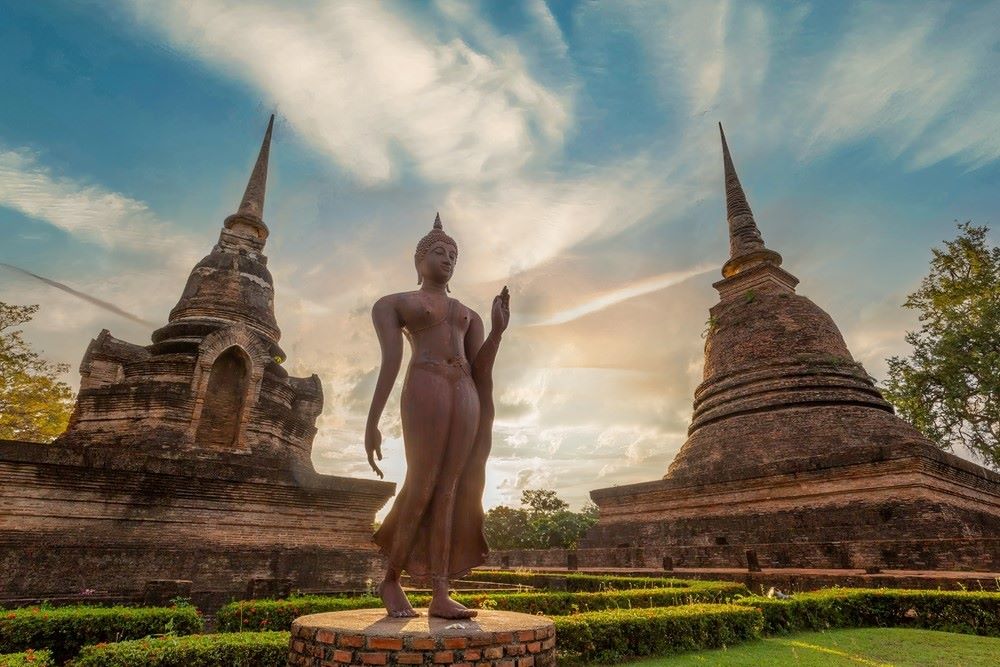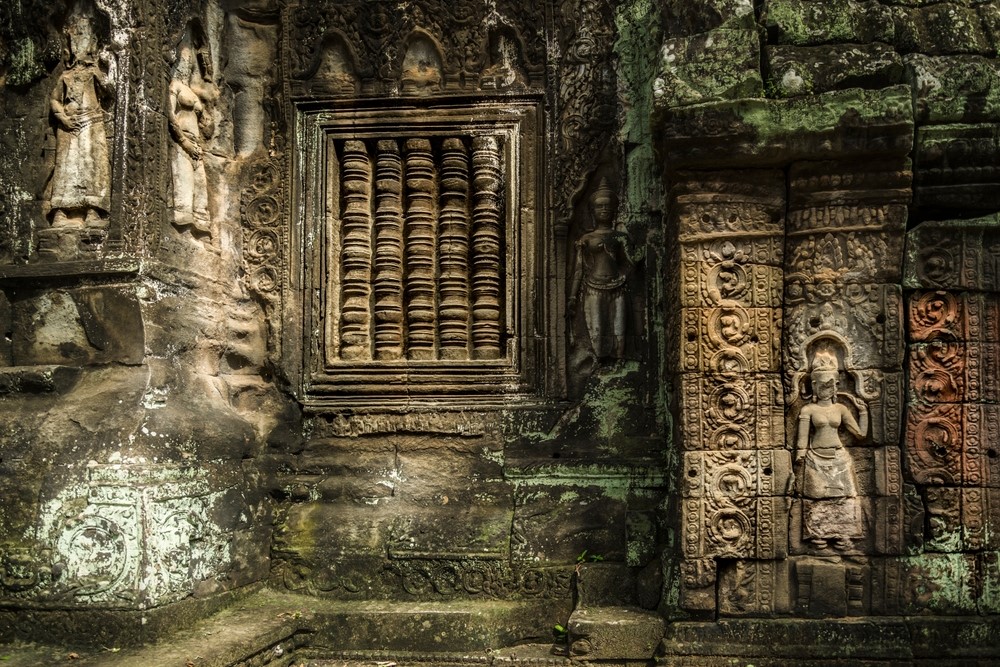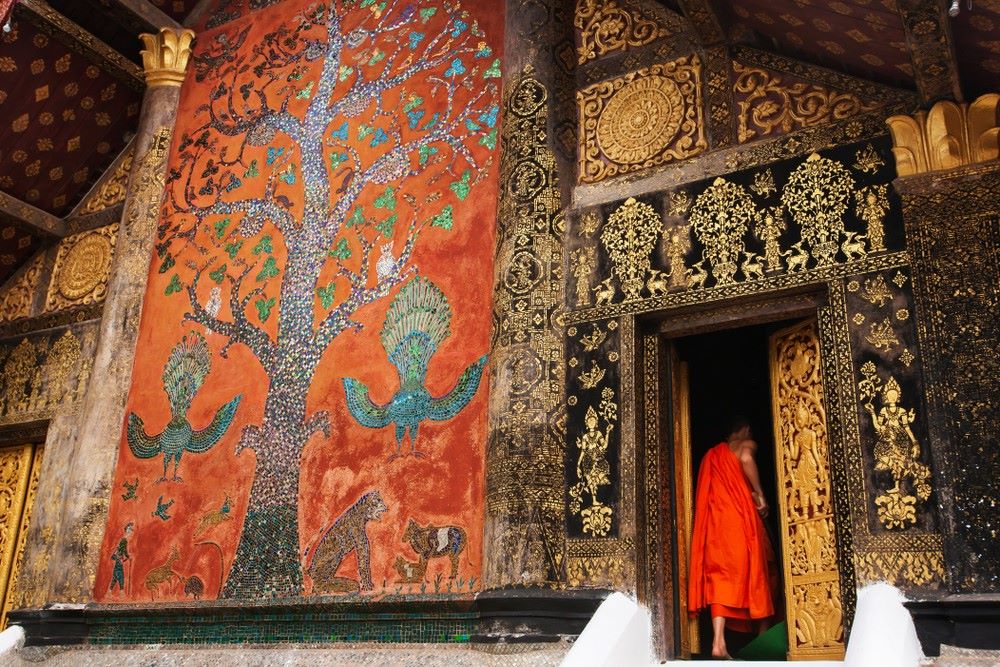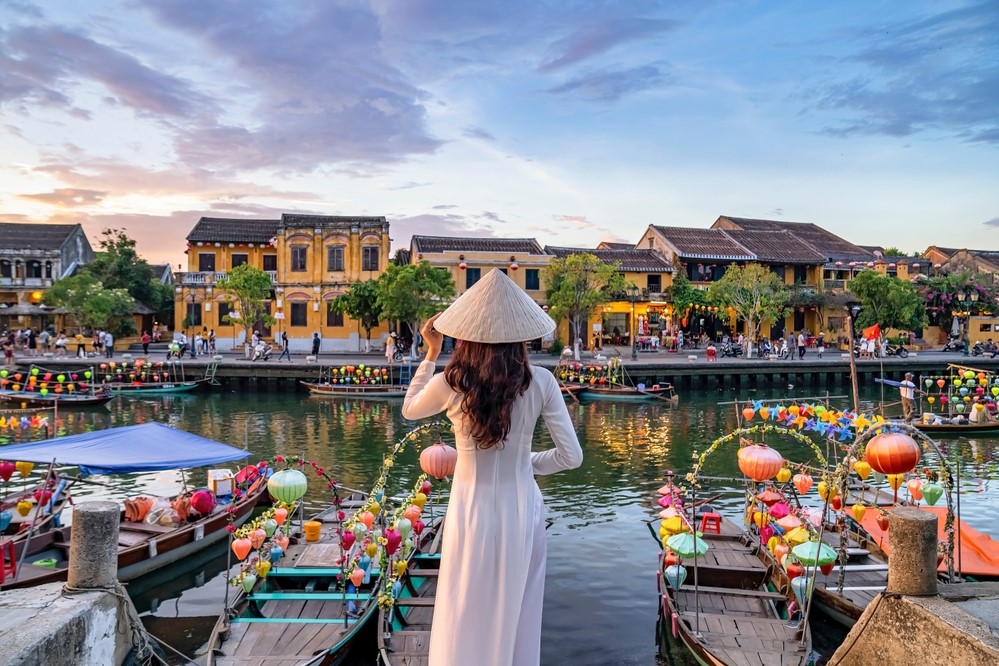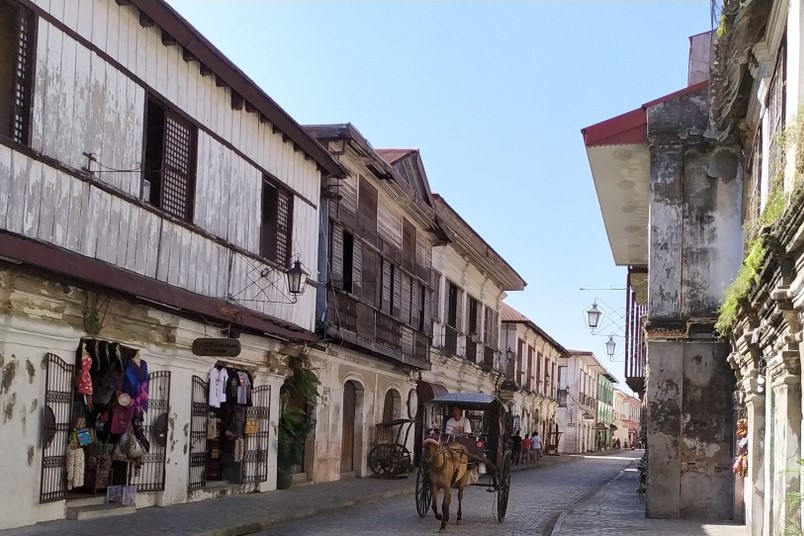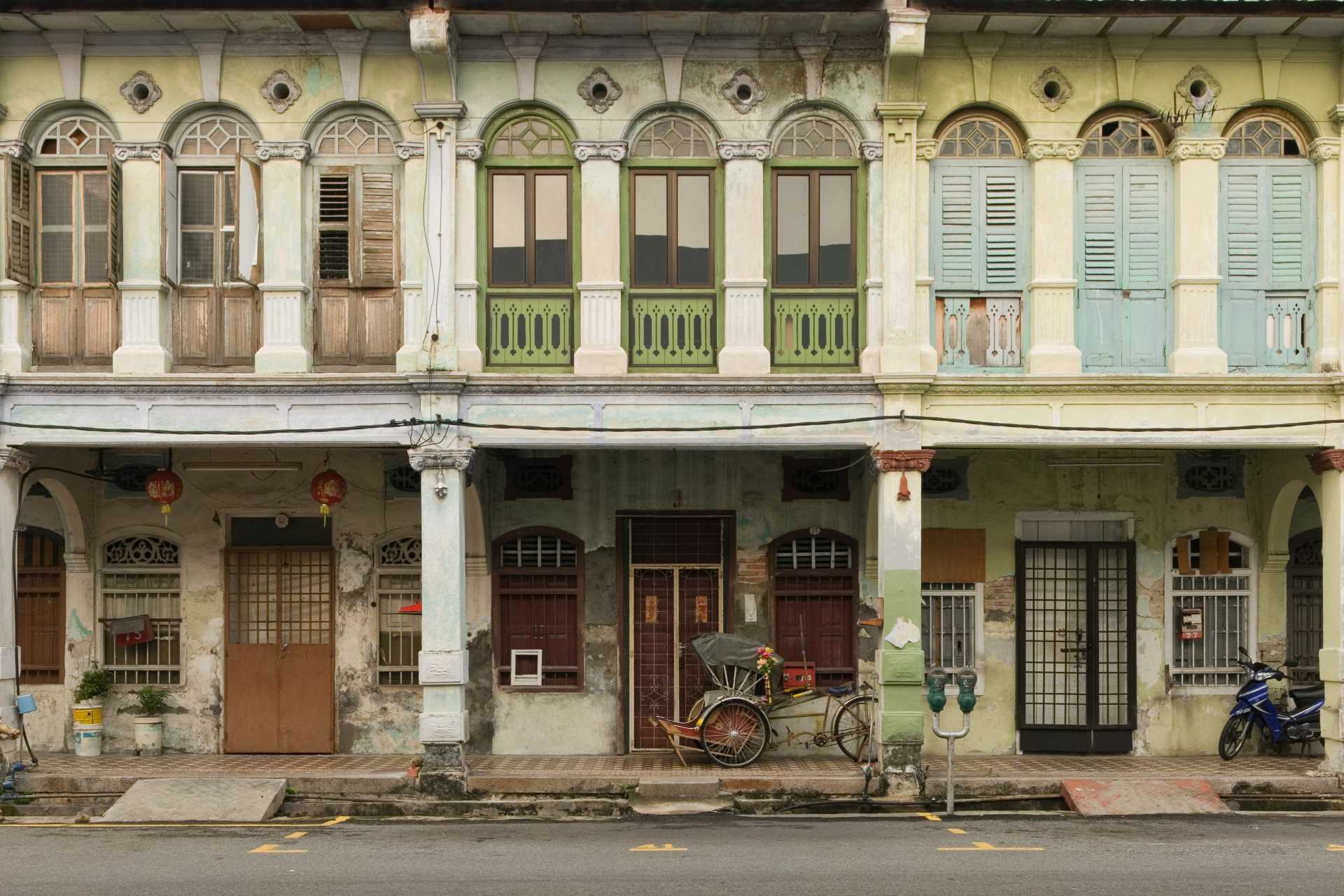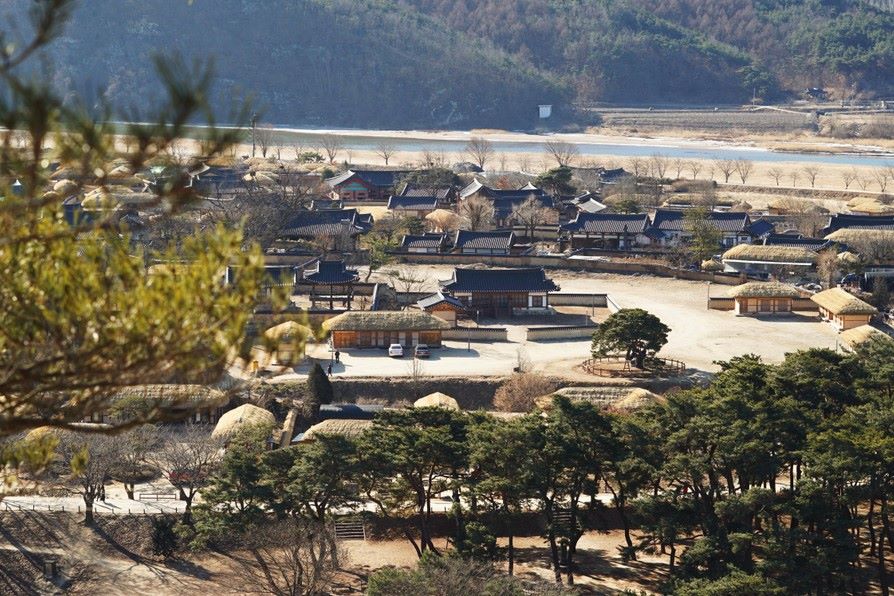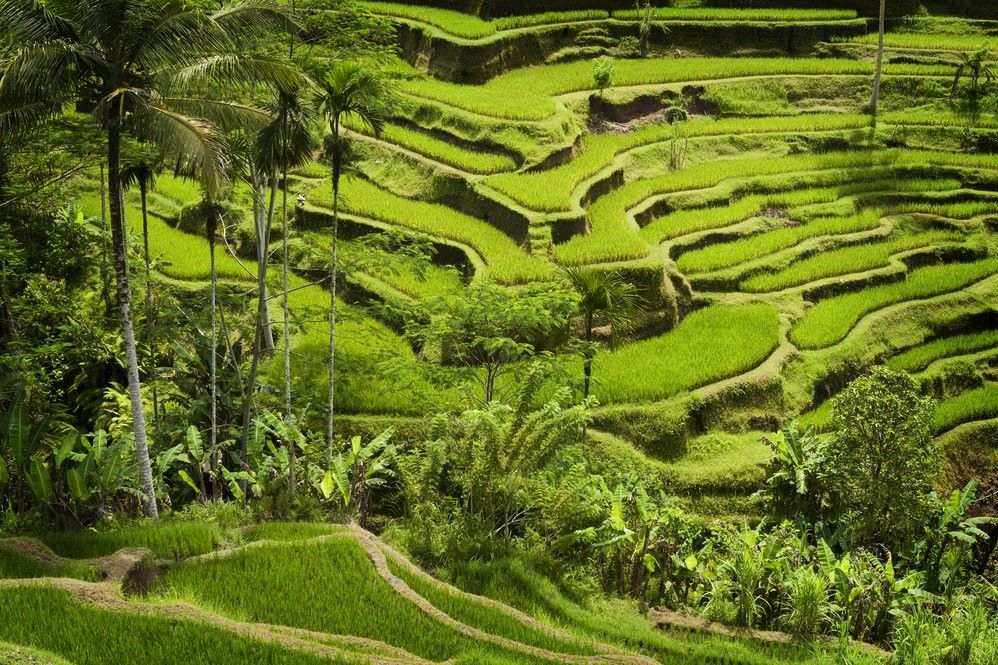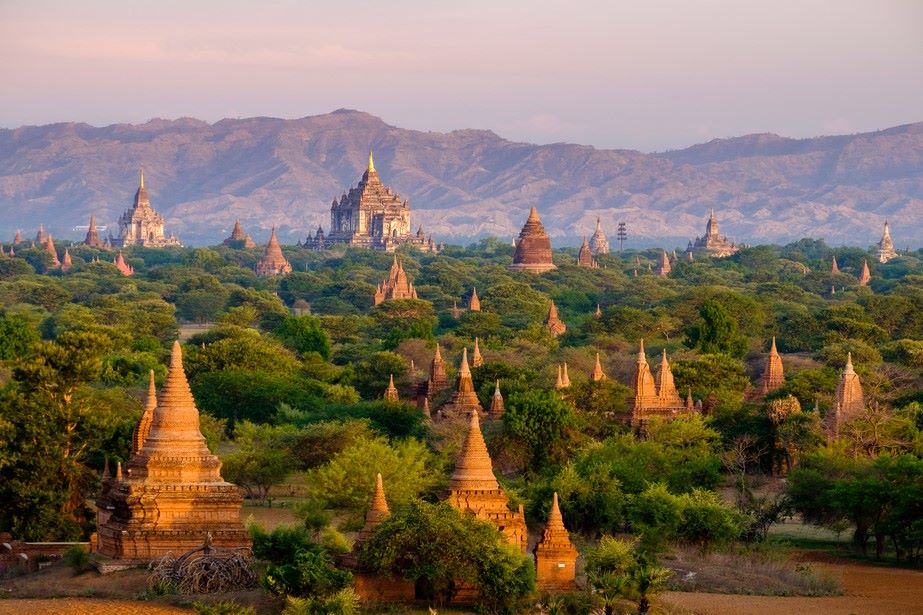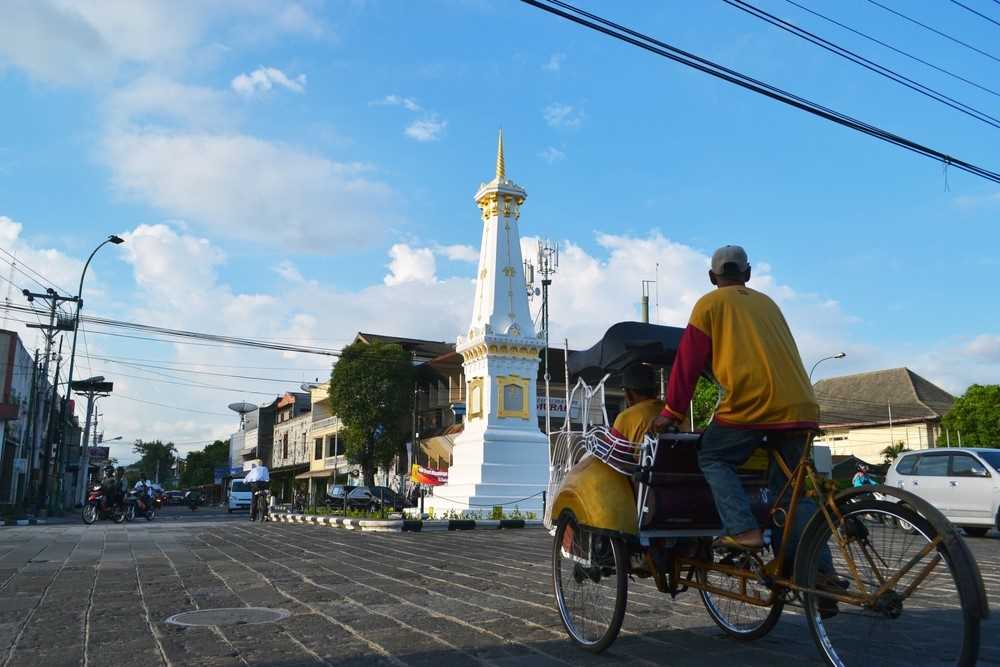
Exploring the Architectural Marvels of Asia: UNESCO World Heritage Sites
Explore Asia's fascinating history, culture, and architectural marvels in our newest blog post. Uncover the UNESCO World Heritage Sites spread throughout the continent, from Thailand to Indonesia, each with its own captivating story of the region's heritage. Join us as we delve into ancient ruins like Ayutthaya in Thailand and grand temples like Angkor in Cambodia. Discover the lasting legacies of the civilizations that once flourished in these lands as we journey into the past.
Ayutthaya, Thailand
Inscribed in 1991, Ayutthaya stands as a poignant reminder of Thailand's glorious past. Founded around 1350, it flourished as the second Siamese capital before succumbing to the ravages of Burmese invasion in the 18th century. Today, its remnants, characterized by towering prangs and majestic monasteries, bear testimony to its former splendor. Key sites include Wat Mahathat, Wat Phra Si Sanphet, and Wat Ratchaburana.
Historic Town of Sukhothai and Associated Historic Towns, Thailand
Also inscribed in 1991, Sukhothai served as the capital of the first Kingdom of Siam during the 13th and 14th centuries. Its fine monuments, reflecting the Sukhothai style, showcase the fusion of influences that shaped Thai architecture. Key sites such as Wat Mahathat, Wat Si Sawai, and Wat Sri Chum offer insights into this ancient civilization.
Ayutthaya image via Kanittha Srivajirothai / Shutterstock (Left). Sukhothai image via Amonsak / Shutterstock (Right).
Angkor, Cambodia
Inscribed in 1992, Angkor stands as a testament to the ingenuity of the Khmer civilization. Its historical, architectural, and cultural significance offers invaluable insights into Southeast Asian history. Key sites including Angkor Wat, Angkor Thom, Ta Prohm, and Banteay Srei continue to captivate visitors with their grandeur and mystique.
Luang Prabang, Laos
Inscribed in 1995, Luang Prabang epitomizes the fusion of traditional Lao architecture with European colonial influences. Its well-preserved townscape offers a glimpse into a bygone era, showcasing a unique blend of cultural traditions. Key sites like Wat Xieng Thong and colonial buildings exude charm and character.
Angkor image via dlnicolas / Shutterstock (Left). Luang Prabang image via Tanes Ngamsom / Shutterstock (Right).
Hoi An Ancient Town, Vietnam
Inscribed in 1999, Hoi An Ancient Town is a testament to Vietnam's vibrant trading past. Its well-preserved streets and alleys bear witness to centuries of cultural exchange, reflecting influences from both indigenous and foreign sources. Key sites such as the Japanese Covered Bridge and Thu Bon River evoke a sense of nostalgia and intrigue.
Vigan, Philippines
Inscribed in 1999, Vigan stands as a living testament to Spanish colonial heritage in Asia. Its meticulously planned townscape reflects a fusion of cultural elements from the Philippines, China, and Europe. Key sites like Calle Crisologo and St. Paul's Metropolitan Cathedral offer a glimpse into the town's storied past.
Hoi An image via Hien Phung Thu / Shutterstock (Left). Vigan image via SamCPY / Shutterstock (Right).
Melaka and George Town, Historic Cities of the Straits of Malacca
Inscribed in 2008, Melaka and George Town bear witness to centuries of trading and cultural exchange in the Straits of Malacca. Their multicultural heritage, shaped by influences from Asia and Europe, is reflected in their architectural and cultural landscape. Key sites such as A Famosa and George Town UNESCO World Heritage Site showcase the rich tapestry of their history.
Historic Villages of Korea: Hahoe and Yangdong, South Korea
Inscribed in 2010, Hahoe and Yangdong offer a glimpse into Korea's aristocratic Confucian culture during the Joseon Dynasty. Their picturesque landscapes and well-preserved residences reflect a bygone era of traditional Korean life. Key sites like Hahoe Folk Village and Seobaekdang House provide insights into Korea's cultural heritage.
George Town image via Mark Hall / Shutterstock (Left). Hahoe Village image via visit123 / Shutterstock (Right).
Cultural Landscape of Bali Province, Indonesia
Inscribed in 2012, the Subak System embodies the cultural, spiritual, and environmental dimensions of Balinese society. Its terraced rice fields symbolize the deep connection between humans, nature, and spirituality, shaping the island's unique cultural identity.
Bagan, Myanmar
Inscribed in 2019, Bagan's sacred landscape is adorned with an exceptional range of Buddhist art and architecture. Its numerous temples, stupas, and monasteries bear testimony to the region's religious devotion during the peak of the Bagan civilization.
The Cosmological Axis of Yogyakarta and its Historic Landmarks, Indonesia
Inscribed in 2023, Yogyakarta's central axis embodies key beliefs about the cosmos in Javanese culture. With the Kraton at its center, it serves as a focal point for Javanese cultural traditions, linking Mount Merapi and the Indian Ocean through a series of historic landmarks and monuments.
Bali image via Edmund Lowe Photography / Shutterstock (Left). Bagan image via Martin M303 / Shutterstock (Center). Yogyakarta image via Bomb This City / Shutterstock (Right).

